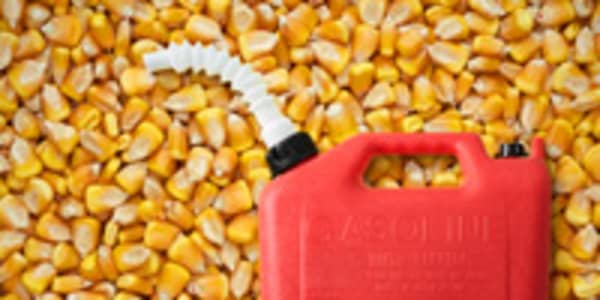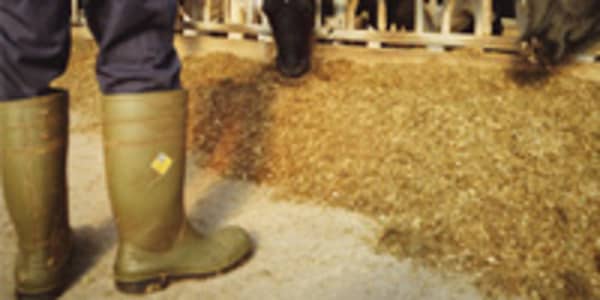As the drought continues to affect most of the country, our thoughts and prayers are with the thousands of farm families who have been affected by this disaster.
Earlier this summer the U.S. Department of Agriculture acted quickly to open conservation programs for emergency haying and grazing, lowered the interest rate for emergency loans, and worked with crop insurance companies to provide more flexibility to farmers.
On August 7, President Obama once again convened his White House Rural Council and announced several additional measures the Administration is taking to help those impacted by the drought. (Related Link: President Obama in Iowa: Congress Needs to Pass Farm Bill.)
These include providing $30 million in additional funding to help producers access water supplies and repair land; increasing capacity for lending to small businesses, including farms and ranches; and waiving certain requirements on trucks, to get more drivers on the road in the relief effort.
On Monday, the USDA announced its intention to purchase up to $100 million of pork products, up to $10 million of catfish products, up to $50 million in chicken products, and up to $10 million of lamb products for federal food nutrition assistance programs, including food banks, to further assist livestock and poultry producers. (Related: Obama Announces Measures to Soothe Drought Pain.)
President Obama continues to stress the need for the entire Administration to continue looking at further steps it can take to help.
I also know that Americans who don’t live on the farm or ranch are wondering what the drought means for them.
While this is a difficult time for many producers, it’s important to understand that thanks to advances in farming technology, more diverse global markets, lower farm debt and a stronger rural economy, farmers and ranchers are better prepared to face drought than in past years.
We may yet see strong yields in many parts of the country — we won’t know until the harvest is done. But we can say with confidence that Americans should not see significant short-term food price increases, or price spikes at the grocery store, due to drought.
While commodity prices are rising, they have very little impact on the prices folks pay at the grocery store. Other factors such as energy and transportation costs comprise 86 percent of the food cost at the retail level, while raw commodities make up only about 14 percent. (Related: Massive US Drought Leads to Worst Fears for Corn Crop.)
In other words, even if every commodity (whole beef cattle, bushels of corn, tons of butter, etc.) doubled in price tomorrow, food prices would increase by just 14 percent. And that won’t happen.
We expect food price inflation this year to stay at the historical average — about 2.5 to 3 percent. Next year, we expect a slight increase of about 1 percent above those historical averages. But even next year’s forecast is well below some of the major inflation spikes we’ve witnessed in past years.
Today, USDA’s focus remains on doing all we can to support farm and ranch families in an uncertain time.
The biggest challenge that the President and I face in this effort is the fact that the 2008 Farm Bill disaster assistance programs expired at the end of last year.
On August 2 the House of Representatives passed a disaster assistance bill which would provide some drought assistance — as does the Senate’s comprehensive five-year Food, Farm and Jobs Bill that was passed in June.
Our preference remains that drought assistance be enacted as part of a Food, Farm and Jobs Bill, to ensure that USDA has tools to keep growing the rural economy, give more certainty to American farmers and ranchers, and provide help to producers in need.
As this drought continues, we’ll continue to call on Congress to get a Food, Farm and Jobs Bill passed. Meanwhile I promise Americans that President Obama and I won’t stop looking for ways to help farmers and ranchers in this difficult time.
Tom Vilsack serves as the 30th U.S. Secretary of the Agriculture. Prior to his appointment, Vilsack served two terms as the Governor of Iowa, in the Iowa State Senate and as the mayor of Mt. Pleasant, Iowa.




